How to disable the Hyper-v feature in Windows 10

If you have enabled the hyper-v feature in Windows 10, but now you need to to disable it for some reason, you can do that following these two methods: Using PowerShell Open PowerShell with administrator privilege and type the following command: Disable-WindowsOptionalFeature -Online -FeatureName Microsoft-Hyper-V-All Type “Y” to Reboot the computer. After rebooting the computer the hyper-v role should no…
How to enable Hyper-V in Windows Server 2016
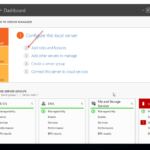
In this tutorial I will show you step by step how to enable the Hyper-V role in Windows Server 2016. Windows Server 2016 was released in October 12, 2016 and it packs many new virtualization features. To learn about all the new features in Windows 2016 take a look at this section. These are some the features I find interesting…
Installing Hyper-V 2008 Server ISO Image From a USB Drive
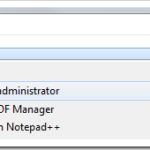
Hyper-V 2008 R2 is 1.50 GB big, so it cannot be burned to a CD-RW media. the media needs to be either DVD-RW or a USB flash drive with 2 GB of free space or more. I know the DVD media is widely used for Hyper-V installations, but I find the installation from a USB drive to be quicker. so…
Hyper-V VM backups – Deleting Snapshots
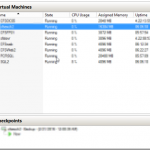
The pitfall of VM backup is that when it fails to work right, it is a disaster itself. Many VM backup applications, whether on ESXi or Hyper-V, are using some sort snapshot technologies. When VM backup works right, it will freeze the VMs and create snapshots of these VMs so it can backup the static files. Once complete the grabbing…
Hyper-V 2012 VM Checkpoint fails with access denied
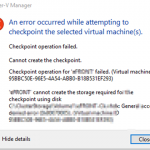
if you are running hyper-v in a cluster ( I haven’t tried it otherwise ) and get the following error when trying to do a checkpoint in a VM: An error occurred while attempting to checkpoint the selected virtual machines. Checkpoint operation failed. cannot create the checkpoint. The reason you might be getting this error is because your disk drives…
Supported Linux Guest OSs in Windows Server 2016 Hyper-V

Most Popular Linux distributions are supported in Hyper-V 2016. Below is the list of all the Linux distributions officially supported by Microsoft in Hyper-V in Server 2016. Red Hat SUSE OpenSUSE CentOS Ubuntu Debian Oracle Linux All features available for Windows guest OSs are available for Linux as well. Features like adding and removing virtual NIC and resizing and and…
Manage Hyper-V Server In A Workgroup Domain
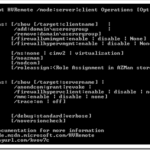
If you have a Hyper-V server in a workgroup and you want to manage it remotely from a client computer in a different domain, then you will have to configure the server to allow connections from a client in a different domain. the process is a pain, but luckily there is a script that do that for you with just…
